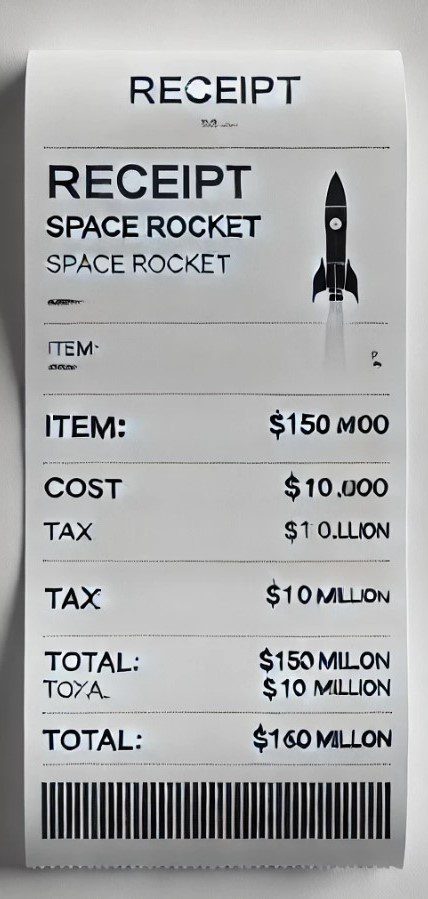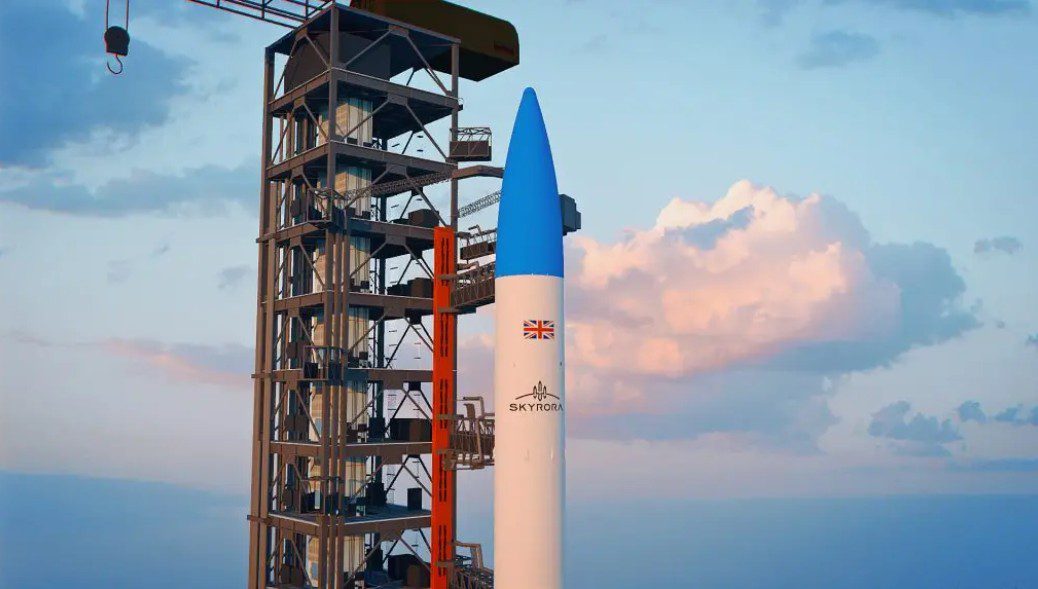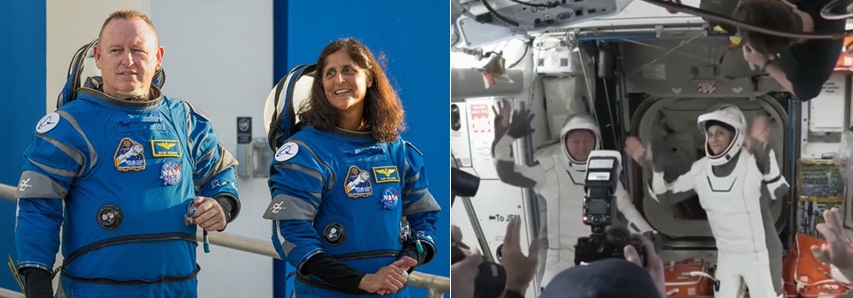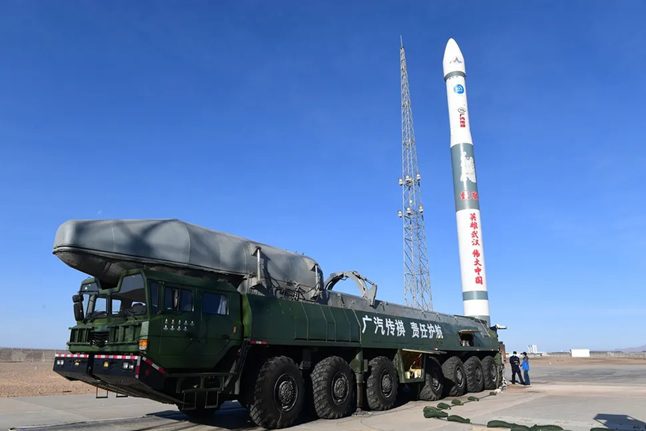Space Exploration Technologies (SpaceX) has released this video clip which spectularly shows its latest up and down flight during its experimentation with a rocket test vehicle exploring the science and art of operating reusable first stages. On June 14, SpaceX’s Grasshopper flew 325 m (1066 feet) from its luanch pad in McGregor, Texas, an altitude higher than Manhattan’s Chrysler Building, before smoothly landing back on the pad.
Grasshopper is a Vertical Takeoff Vertical Landing (VTVL) vehicle designed to test the technologies needed to return a rocket back to Earth intact. While most rockets are designed to burn up on atmosphere reentry, SpaceX rockets are being designed not only to withstand reentry, but also to return to the launch pad for a vertical landing. The Grasshopper VTVL vehicle represents a critical step towards this goal.
Grasshopper consists of a Falcon 9 rocket first stage tank, Merlin 1D engine, four steel and aluminum landing legs with hydraulic dampers, and a steel support structure.Grasshopper made use of its full navigation sensor suite with the F9-R closed loop control flight algorithms to accomplish a precision landing. Most rockets are equipped with sensors to determine position, but these sensors are generally not accurate enough to accomplish the type of precision landing necessary with Grasshopper.
Previous Grasshopper tests relied on the other rocket sensors but for this test, an additional, higher accuracy sensor was in the control loop. In other words, SpaceX was directly controlling the vehicle based on new sensor readings, adding a new level of accuracy in sensing the distance between Grasshopper and the ground, enabling a more precise landing.
Grasshopper as imaged from a Hexacopter. Courtesy: SpaceX







